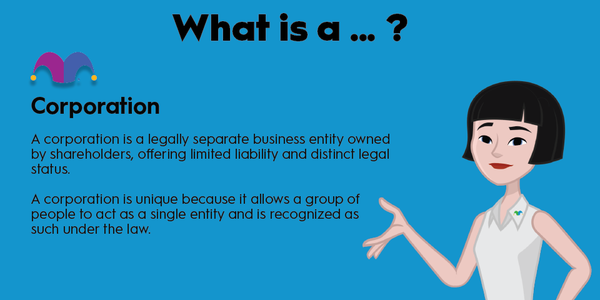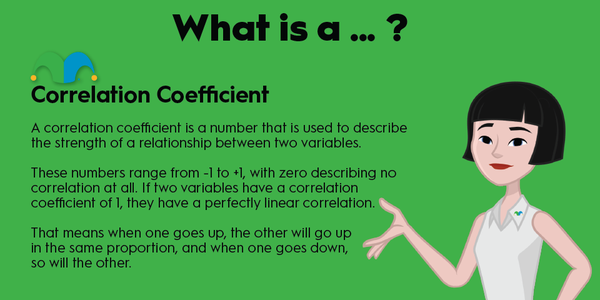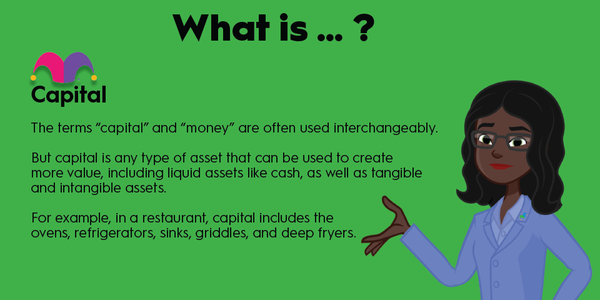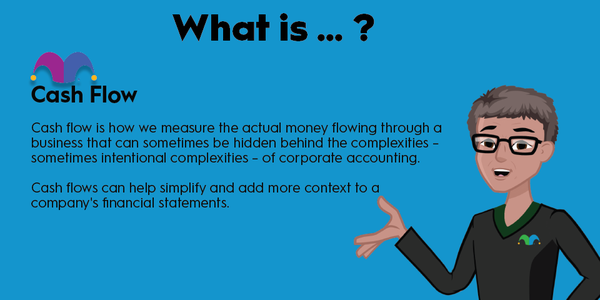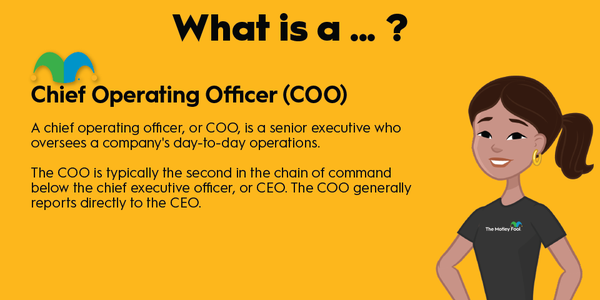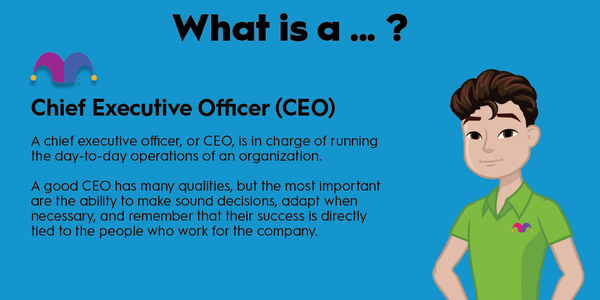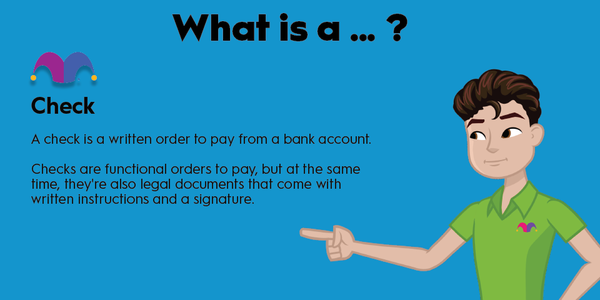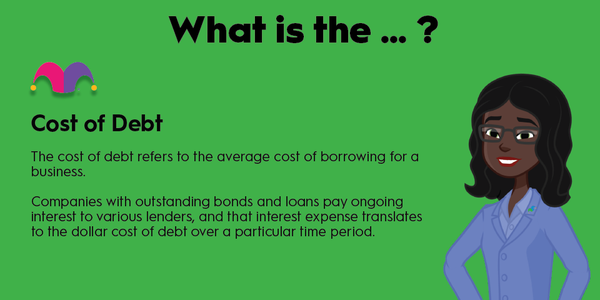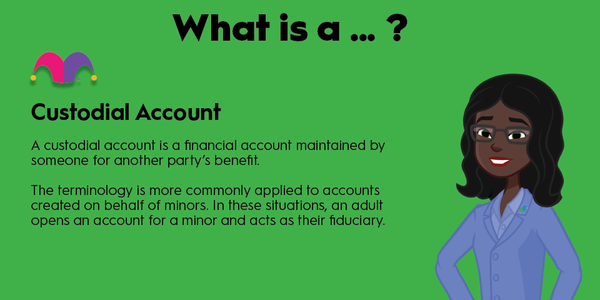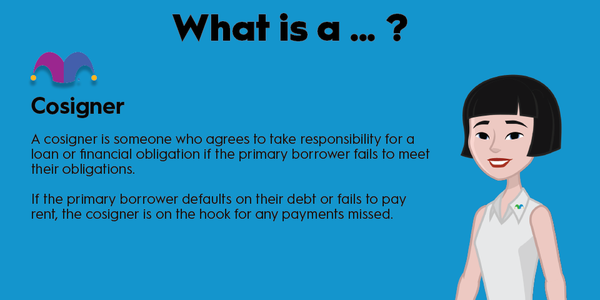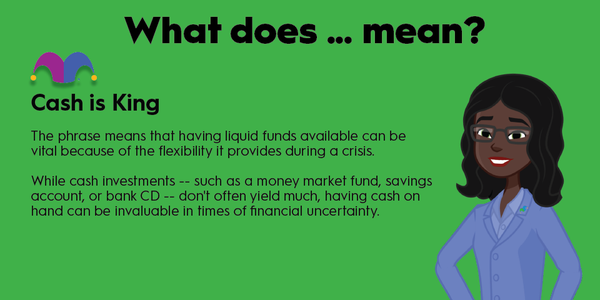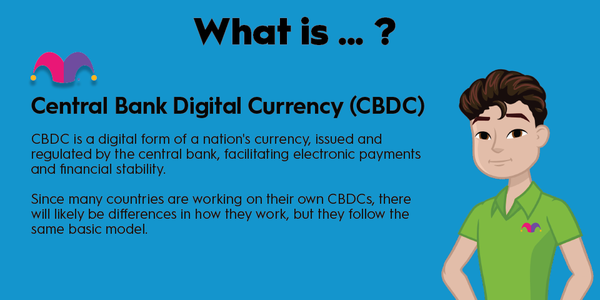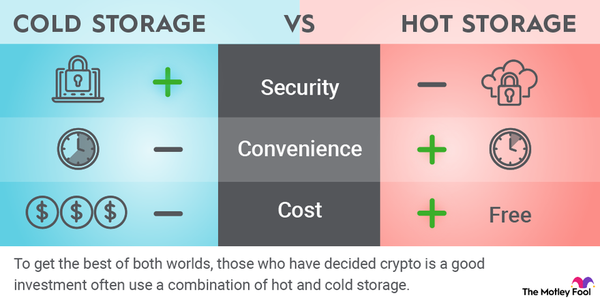When you buy an annuity, some contracts will ask you to designate a contingent annuitant, which is the person who will receive payments after you die. Not all annuities allow for a contingent annuitant, though. Keep reading to learn about how designating a contingent annuitant works.

What is a contingent annuitant?
What is a contingent annuitant?
When you buy an annuity, you're basically buying an insurance contract to provide you with income, often for your retirement years. Some people also opt for an annuity instead of a lump-sum payout if they participate in a defined-benefit pension plan.
With many annuities, payments stop after a certain number of years or when the person who purchased the annuitant, usually known as the primary annuitant, dies. But some annuities allow you to name a contingent annuitant.
A contingent annuitant is someone designated to receive annuity income after the primary annuitant dies. The contingent annuitant is often referred to as the secondary annuitant. Often, a contingent annuitant is the spouse or domestic partner of the primary annuitant.
When to designate a contingent annuitant
When to designate a contingent annuitant?
There are many types of annuities, and many don't allow you to designate a contingent annuitant. Often, payments will stop when the primary annuitant dies. Here are two types of annuity contracts where contingent annuitants are common:
- Life annuity with period certain: Regular payments are guaranteed to the primary annuitant for a set period, for example, 15 years or 20 years. The contingent beneficiary receives the remaining payments if the primary annuitant dies during that period.
- Joint-and-survivor annuity: Payments are made to the primary and contingent annuitants until both people have died. Depending on the contract, the contingent annuitant may receive a smaller amount, such as 50% or 75%.
Usually, naming a contingent annuitant results in lower payments than you'd get with a single annuitant. Keep in mind, though, that annuities are extraordinarily complex products.
If you're considering purchasing an annuity or annuitizing your pension, consider evaluating your options -- including whether to designate a contingent annuitant -- with a fee-only financial planner. You want objective advice from someone who isn't earning a commission.
Related investing topics
An example
Example of a contingent annuitant
Suppose you're concerned that you'll outlive your savings, so you're contemplating an annuity to provide guaranteed retirement income. You're 60 years old and considering investing $250,000 in an annuity that would start paying out in 10 years. If you chose a single life-only annuity (meaning you're the only annuitant), you could receive monthly payments of around $3,300 for life.
But if you wanted to guarantee lifetime income for your spouse, also 60 years old, you could make them a contingent annuitant. The annuity company knows it will likely have to make payments over a longer period, so you'd receive monthly payments of only $2,700. However, you'd provide your spouse with an extra layer of financial security.


